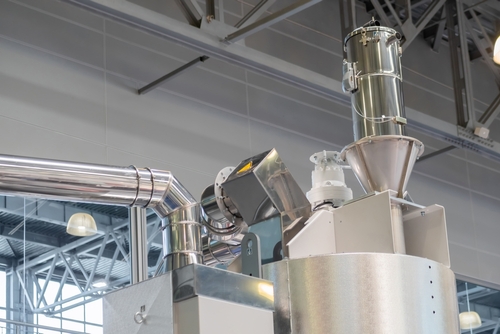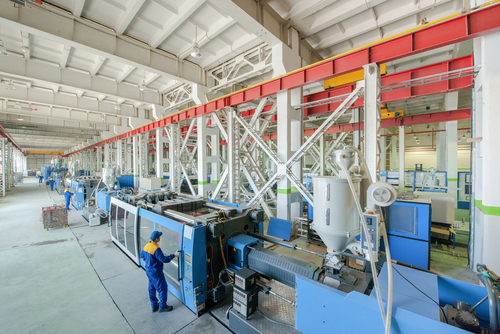 The process of injection molding is a precision-driven manufacturing technique reliant upon sophisticated machinery. This intricate apparatus comprises several key components, each contributing to the seamless execution of the molding cycle. Understanding these elements is fundamental for any plastic injection molding company near you in order to optimize the production of high-quality plastic parts. Let’s explore the properties and roles of each of these components.
The process of injection molding is a precision-driven manufacturing technique reliant upon sophisticated machinery. This intricate apparatus comprises several key components, each contributing to the seamless execution of the molding cycle. Understanding these elements is fundamental for any plastic injection molding company near you in order to optimize the production of high-quality plastic parts. Let’s explore the properties and roles of each of these components.
What are the components of a plastic injection molding machine?
From the injection unit responsible for melting and injecting to the clamping unit ensuring precision and stability, each of the following parts plays a vital role in the production process:
Injection unit
At the forefront of the machine is the injection unit, responsible for melting and injecting the raw plastic material into the mold. This unit consists of a hopper, where the plastic pellets are loaded, and a screw mechanism. The screw, often referred to as the injection screw, rotates and transports the material forward while simultaneously heating and melting it. The molten plastic is then injected into the mold under high pressure.
Clamping unit
The clamping unit plays a crucial role in the stability and precision of the entire process. It is responsible for securely holding the mold in place during injection and cooling. The unit consists of a robust clamping mechanism, which can exert significant force to keep the mold closed against the pressure generated during injection. The ability to maintain a tight seal is essential for producing accurately shaped and defect-free parts.
Mold
The mold, often made of steel or aluminum, defines the shape and structure of the final part. It comprises two halves, the stationary side, and the movable side. The mold design is a critical factor influencing the quality and consistency of the molded parts. It includes features such as runners, gates, and cavities, all carefully configured to facilitate the flow of molten plastic and the subsequent cooling and solidification process.
Ejector mechanism
Once the part has solidified within the mold, the ejector mechanism comes into play. It consists of ejector pins or sleeves that push the finished part out of the mold cavity. Properly timed and controlled ejection secures the removal of the part without causing damage or distortion. This mechanism contributes to the efficiency of the overall production cycle.
Heating and cooling systems
Temperature control is critical in the process. Heating systems are employed to raise the temperature of the mold, ensuring the proper melting and flow of the plastic material. Conversely, cooling systems rapidly cool the mold after injection, facilitating solidification. Maintaining precise temperature control throughout the process is essential for achieving consistent and high-quality results.
Hydraulic system
Hydraulic systems power the various movements of the machine, including the opening and closing of the mold and the forward and backward motion of the injection screw. The hydraulic system is characterized by pumps, valves, and cylinders working in harmony to provide the necessary force and control. Advanced hydraulics contribute to the precision and speed of the process.
 What is the best plastic injection molding company near me?
What is the best plastic injection molding company near me?
If you’d like to learn more about the benefits of injection molding or what types of plastics are typically used in the process, reach out to Wunder Mold. We’re a team of highly committed, skilled, and experienced professionals, ready to listen to your specific requirements and provide you with the tailored solutions that are in complete alignment with your needs. We collaborate with both domestic and international clients, so feel free to contact us via phone or by sending an email at sales@wundermold.com. Get in touch with us today!
 What is the best plastic injection molding company near me?
What is the best plastic injection molding company near me?